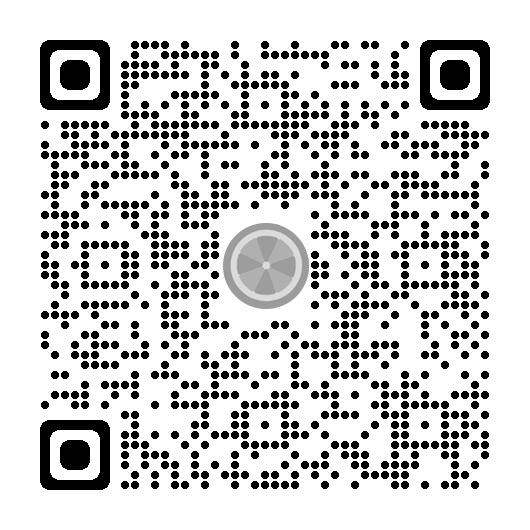The Annotated Bibliography
Barry Mauer and John Venecek
We discuss the following topic on this page:
We also provide the following activity:
 The Annotated Bibliography[1]
The Annotated Bibliography[1]
This book presents a two-stage approach for presenting your research sources. The first stage is to write an annotated bibliography – a set of notes on discrete items, and the second stage is to synthesize these notes into a review of literature, which we present in Chapter 10. The annotated bibliography lists your sources in alphabetical order by author’s last name, just as you would do for a list of works cited. But the list also includes annotations, which are your words detailing relevant points from each source. The annotation is not just a simple summary of the source, but specifically indicates why information in the source is relevant to your research problem. Use the annotations to explain the relevance of each source for your research.
Your research problem determines the scope of your research, which is the broadness or narrowness of the information you need. Keep in mind that we are not just looking for facts here but also for a sense of the scholarly discussion, which usually covers a range of thought about a given area of knowledge.
Keep in mind that you don’t want to only include facts or claims from the secondary literature that support your argument. A better strategy is to think of organizing the material you find in terms of what Gregory Ulmer calls the CATTt – Contrast-Analogy-Theory-Target-tale. Contrasts are approaches to the research problem that differ from yours approach; Analogies are ways of thinking about your research problem that come from a different knowledge domain; Theory is a general explanation of the problem, Target is the result you want to see in the scholarly conversation; and tale is the demonstration of your method. Your annotations can indicate how various sources relate to these categories.
Broadly speaking, the sources you gather should relate to your literary case study, the scholarly problem you have identified, and the relevant theories, methodologies, and methods you are including. Though you are gathering sources for you to use in your research, you should still keep your audience in mind; think about how your audience make sense of the sources you have identified and what you need to do with the sources to present your argument. The following questions should help you to make appropriate annotations on your sources:
- What was done?
- Why it was done?
- What was found?
- What are the implications of the results?
- What future research should follow up on this work?
- What did you not understand in the paper that someone else can help you with?
While annotated bibliographies are sometimes published as useful guides to areas of knowledge, most scholars don’t include annotated bibliographies in their published work. Instead, researchers use the much more reader-friendly review of literature, which we will be learning about in Chapter 11. The review of literature is where you synthesize your research sources by looking for similarities and differences (among arguments, narratives, and trends in the sources), and organize them in terms of their function – case study, theory, methodology, etc. – within your research.
To help you gather annotated materials in one place, we provide a Matrix Tool that helps you organize your research. The annotated bibliography, unlike the literature review, does not need to be essayistic. We also provide an example of an annotated bibliography created by UCF student Dolores Batten that explains how her readings relate to her research project (her research project was to help develop methods for improving student writing).

 Annotated Bibliography [Refresher]
Annotated Bibliography [Refresher]
If you are using an offline version of this text, access the quiz for this section via the QR code.

 Annotated Bibliography [Exercise]
Annotated Bibliography [Exercise]
- For this exercise, we are breaking things down into three stages:
- First, find six scholarly sources for your research project through the library and Google Scholar that look promising (you can use the ones you gathered while working through chapters 6 and 7). These sources can be about your chosen literary work, theory, methodology, research problem, method, skill, etc. List all six.
- Choose the most relevant three sources.
- Annotate the three sources using the provided Matrix Tool to help you organize your research. If you prefer to put the information in paragraph form instead, that is also fine. The categories in the matrix tool are:
- Author/Date
- Title
- Research question; rationale
- Theoretical Framework
- Methods: sample, study, type etc.
- Major Findings
- Limitations, gaps
- Conclusions
- Implications for future research & practice
- Themes that emerge
- Other important issues
- Be sure to include the list of all six sources with three of them annotated.
- In the “Back Matter” of this book, you will find a page titled “Rubrics.” On that page, we provide a rubric for Creating an Annotated Bibliography. ↵

